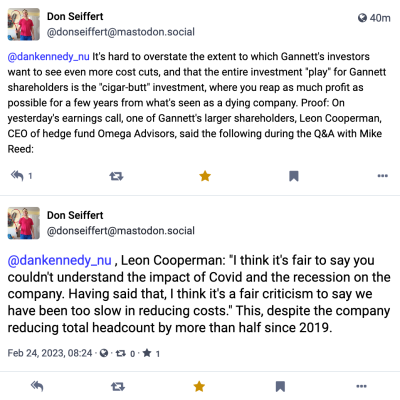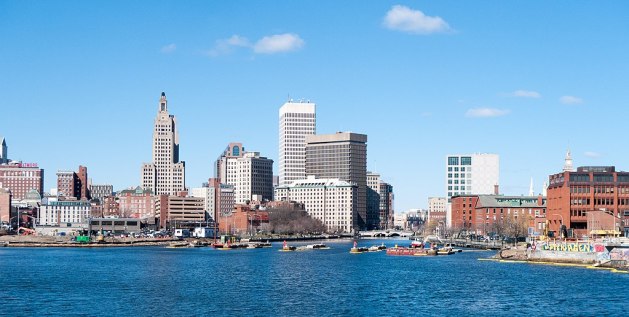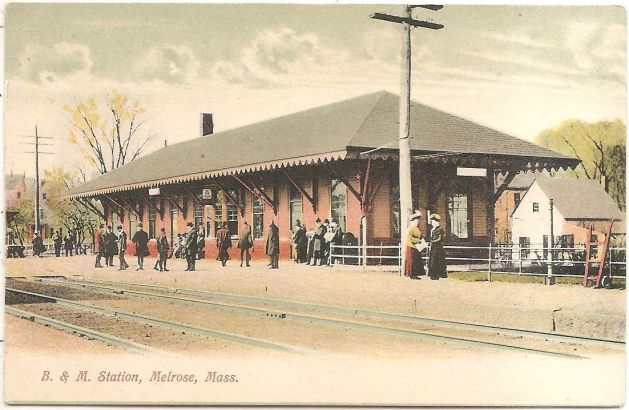
Photo (cc) 2008 by Patrickneil
Back before GateHouse Media morphed into Gannett in 2019 and assumed its corporate identity, I believed the company was in it for the long haul. Don’t get me wrong — GateHouse was always obsessed with cost-cutting and was a fairly awful steward of the papers it acquired. But its executives seemed to have convinced themselves that ugly was the only way to win, and that winning meant surviving.
No longer. I couldn’t possibly tell you what Gannett is up to anymore other than squeezing its properties for every last drop of revenue. On Thursday, the company released its latest financial results. They were terrible for journalists and the communities they serve. For investors, though, they were pretty good.
Don Seiffert reports in the Boston Business Journal that Gannett slashed the number of journalists at its 200 or so newspapers (including the flagship USA Today) by 20% over the past year — no surprise to those of us who were following those cuts throughout the year. Seiffert paged through the annual report and found that Gannett employed 3,900 journalists at the end of 2022 (3,300 in the U.S. and 600 at a U.K.-based subsidiary), down from 4,846 a year earlier. At the same time, though, the company had achieved profitability, which sent the stock price soaring by 22%
Incredibly, some of those investors think Gannett has been too slow to cut. For instance, Seiffert said on Mastodon that, during Thursday’s earnings call, Leon Cooperman, CEO of the hedge fund Omega Advisors, which is among Gannett’s larger investors, told Gannett chair Michael Reed, the $7.7 million man: “I think it’s fair to say you couldn’t understand the impact of Covid and the recession on the company. Having said that, I think it’s a fair criticism to say we have been too slow in reducing costs.” As Seiffert noted: “This, despite the company reducing total headcount by more than half since 2019.”
So what’s ahead? You will not be surprised to learn that CFO Doug Horne told investors that Gannett’s going big-time into artificial intelligence to perform some of the work that used to be done by journalists. Just feed the audio from the planning board meeting into ChatGPT and see what happens, I suppose.
Over at Poynter Online, Angela Fu reports that Reed is wicked psyched about 2023, writing:
Reed said the company is entering 2023 with “a lot of optimism.” Inflation seems to have peaked, he said, and newsprint and distribution costs have largely stabilized. In response to a shareholder question about a possible recession, Reed said the company had not seen anything in the first quarter to indicate the country was moving in that direction.
Unless it proves otherwise, though, Gannett should be regarded as nothing but a financial play at this point. The best thing it could do is offload its community papers to local owners who actually care about journalism, as it has done with a few weeklies Central Massachusetts as well as the Inquirer and Mirror of Nantucket, which I wrote about recently in an op-ed piece for The Boston Globe. Gannett has sold some of its papers nationally as well.
In many other cases, vibrant startups from The Provincetown Independent to several projects in the Boston suburbs are competing with vestigial Gannett papers, but more are needed. As Steven Waldman, president of the Rebuild Local News Coalition, has proposed, we need tax incentives aimed at persuading Gannett and other chains to get out of town — and to give committed local ownership a chance to revive grassroots news coverage.










